
Isolation Foot Pain: Why your feet suddenly hurt
Blog, General Podiatry, Sports Care
Isolation Foot Pain: Why your feet suddenly hurt

Isolation has done some very strange things to people; one of the stranger occurrences has been the dramatic increase Isolation Foot Pain from the increase in exercise that is being undertaken by those seeking relief from the four walls of their humble abode.
This sudden rush of energy is not only driving your pet beagle Bentley barmy, but there seems to be an increase in associated foot pain! In this article, we will give you some handy tips to get you pain-free, dispel a few Myths as to why your pain may be occurring and lead you in the right direction to keep you happy and Bentley the beagle tired!
Walking not only breaks up the Monotony of the day, but it has been shown over many studies to be the most significant difference to health outcomes. A video created by Dr Mike Evans, a preventative medicine doctor in Toronto Canada outlines the many benefits of being active for 20 to 30 minutes per day. The benefits are numerous, but if you’re not prepared to take my word for it, we run through the health benefits discussed in the video in my article attached HERE.
As many of you have discovered the downside of significantly increasing your walking can, on many occasions, be a corresponding increase in foot pain or discomfort. To change this let’s run through some common mistakes and some easy fixes to what’s happening
But I’m only walking!
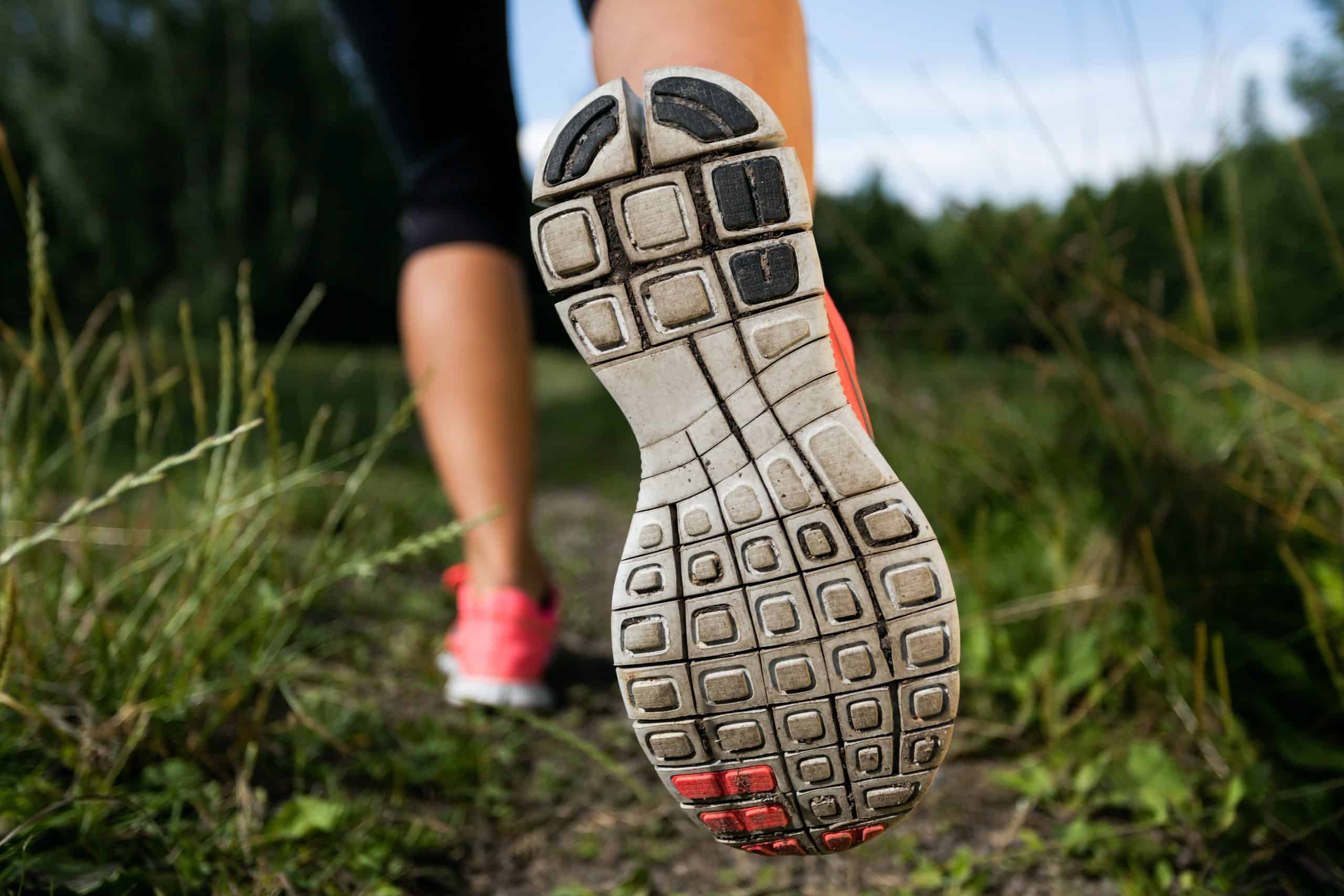
But I’m only walking!
“I’m only walking” is the most common statement made to me in the clinic. Some people think there is little difference between walking between the couch and the fridge and walking for an hour and a half 5 times a week. “Say whaaaaaaat!”
The term from ”Zero to Hero” is used in amazement, not expectation! Sudden changes in the amount of walking you do will dramatically increase the load on the musculature in and around your feet and legs! It seems simple, but I often see people develop conditions like plantar fasciitis from doing this.
Answer: First head down to the part about making sure you have the right kicks! Then let’s ease into things. Start at a slow pace, Combine this with a short distance. You’re better to take 3 short walks down to the end of the street and back than heading off and tackling many km’s in one hit.
I have a patient who started by simply walking around his clothesline and built up from there.
Super cushioning is good for me, right!?
There is a bit of a Secret footwear people don’t talk about. It’s called the 10-second rule! You see they know that when you slip your feet into those shoes at the shoe shop and start walking around, the first 10 seconds are what really matters. The more cushioned or soft shoes feel underfoot in those first 10 seconds, the more likely you will buy them!
We associate SOFT with comfort. But that feeling doesn’t always last long! (Queue ominous music)
Footwear companies will do all sorts of things that will to trick you into thinking their shoes are Uber soft. Super Gels, magnificent memory foams. (who knew Airbags weren’t only for cars?)
Here is the thing, soft shoes tend to break down quicker and many times when your foot needs support it just ain’t there! As I’ve said to patients before, memory foam remembers every shitty position your foot was in and keeps it there! For patients, this seems to end in heel Pain or shin splints, so please be careful.
Answer: Look for shoes that are comfortable when you try them on but not so soft you feel like you’ve just stepped into a feather bed.
Airbags break down, or leak and foams tend not to last long.
Talk to friends who walk or run a lot. Don’t ask them what they wear now. Ask them what they’d start with.
It was only a 10 km jog

It was only a 10 km jog
When we were kids, the preparation for the school cross country consisted of maybe the high school PE teacher taking us through the course the week before the event. Times were good. We played soccer, footy or handball every lunch. Then backed up with a game with friends after school. For many of us, that was at least ten years ago, and I’m generous.
As we get a little (cough) older, we tend to lose the ability to bound into a new activity suddenly. This is one of the most common causes of Achilles pain, (Achilles tendinitis) I see!
Answer: Consider gradually Getting back into activity. There is no problem with you deciding you’d like to get back into running. However, consider running and walking intervals for the first week or two. For example, run 400 m walk 400 m and repeat, as you Improve you may be able to increase the run section and decrease the walk section. This will build your cardio capacity and also reduce your risk of injury!
What you did as a kid, was when you were super fit ..... you’ll get there, but give it time
You will get pain as muscles change and get stronger - Expect pain from building muscle
“No Pain, No Gain” if you haven’t heard this cliche, you perhaps have been living under a large rock or in a cave. This is a breakdown of a famous philosophical principle, but put in the hands of Gym junkies!
Anyone that has been serious about exercise, and in particular building muscular strength, will tell you that it is very common to have sore muscles after your activity. On occasions, this, in fact, is not a problem; it is simply Your muscles breaking down and re-growing. The caveat to this is if you are getting repeated pain over multiple occasions.
Answer: Expect a little muscle soreness from time to time. It’s normal to be a little uncomfortable. However, this is NOT to be mistaken with repeated and ongoing foot and leg pain. It should only occur in the first few occasions you begin a new walking or running program. After this, your pain is not just your muscles building strength, and it’s time to see a professional
You Choose the wrong shoe for you
Are you an under pronating (technical term), tennis playing, size 9 triple E or are you a cavoid (another technical term), court sport playing, size 9 extra wide? Those in the know will recognise I just described the same thing! Yup, it can be confusing! There is a plethora of options and even more opinions.
Answers: If you are walking Yes, you can walk in a running shoe. Try established brands like Asics and New Balance that are making shoes for athletes rather than companies that are making fashion shoes and sponsoring Athletes to wear them! Understand shoe sizes vary between brands.
For patients I see this develop again into heel pain type problems, sometimes called heel spurs, but this is almost always not the actual condition.
Tips here: If you can be measured up in a sporting footwear retailer do so! Don’t Be fixed on “your” size. Every brand has a different idea of how long a size 9 men’s is! Width is essential; if it feels too tight, it probably won’t stretch and get better in time.
Final suggestion: Stay away from gimmicks, the footwear industry is full of them! If your shoe has a connection for your Fitbit, the shoe’s athletic capacity wasn’t the focus of that shoe!
Getting the Right fit is an entire article in itself, so I wrote on here.
Change is good but...
Overall the messages are:
- Make changes to activity level gradual.
- Choose your shoes carefully and not based on colour trends or gimmicks.
Follow some of these simple suggestions, and you’ll be on your way!
Walking is a fantastic form of exercise, and it’s really delightful to see so many people out on the streets, away from screens. Talking and walking! Who knew a Pandemic could have such a positive effect!
Happy trails - safe steps!
Dr Brenden - Podiatrist Penrith based
PS Bentley says, "Thanks!" He’s been enjoying the newfound attention!

Bentley - The almost beagle


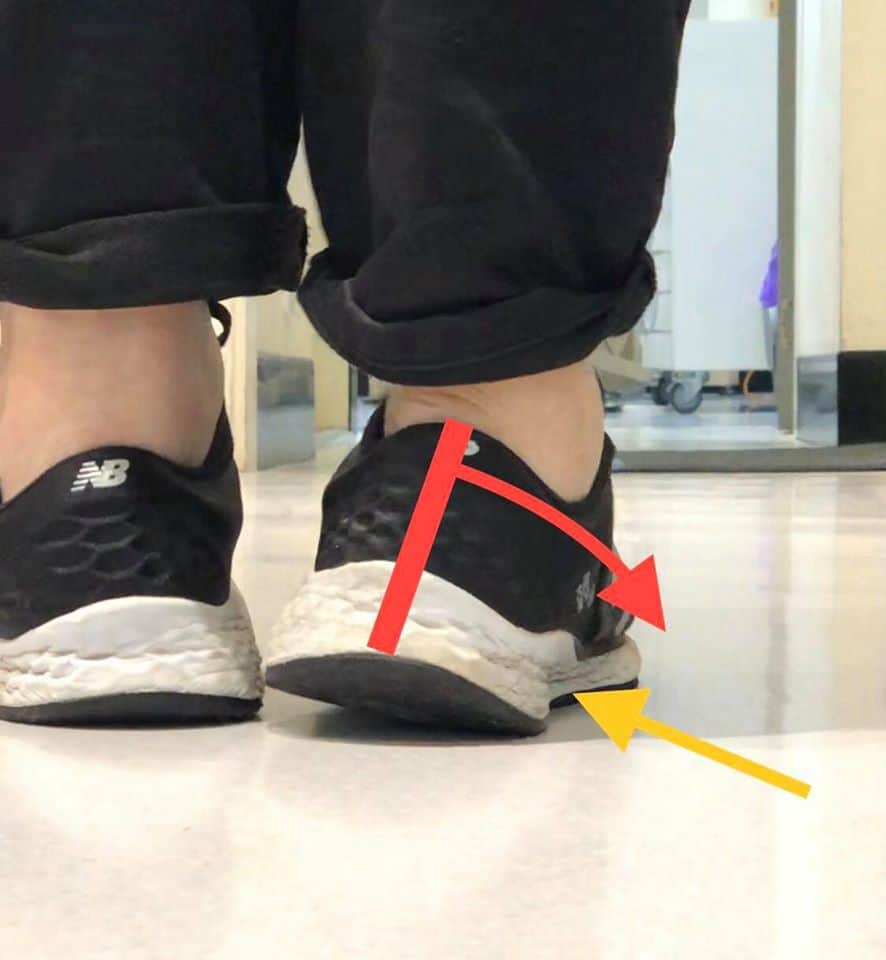
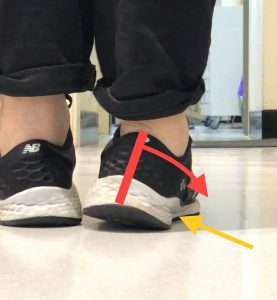




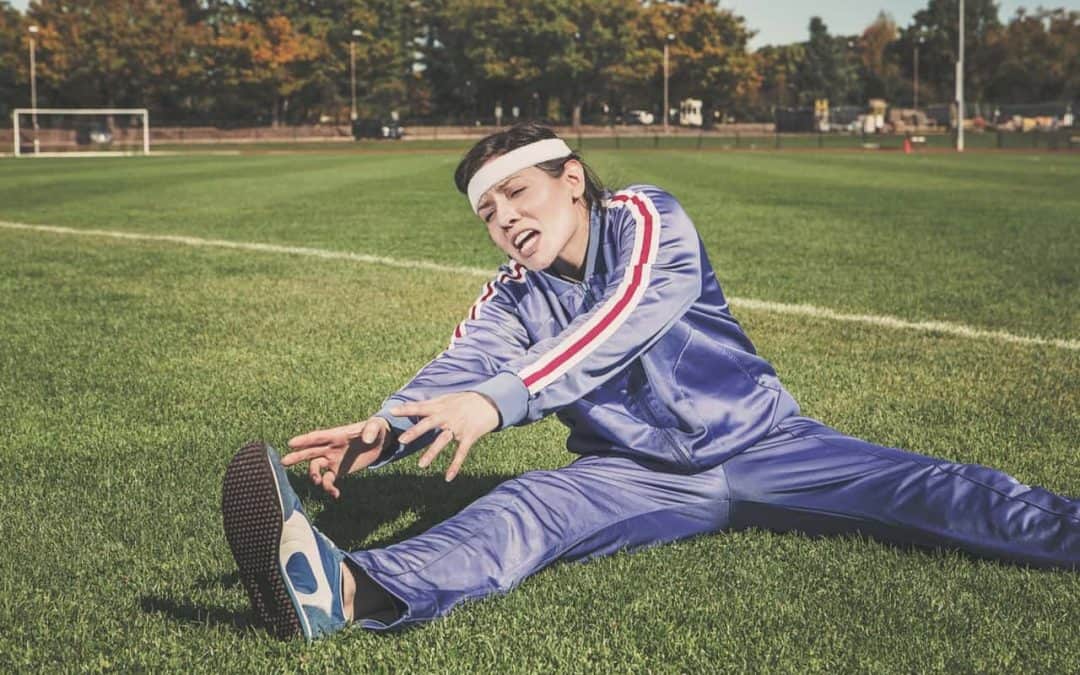





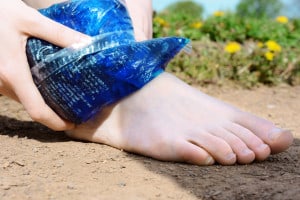 Frustrated with this she saw her GP who suggested she try putting some ice on the area. Again, she went home determined to get better but with little result, YUP the ice made it immediately feel better, but straight after on the next walk it came back.
Frustrated with this she saw her GP who suggested she try putting some ice on the area. Again, she went home determined to get better but with little result, YUP the ice made it immediately feel better, but straight after on the next walk it came back. You don’t have to put up with Foot pain! There are answers other than waiting for it to go away and pills! At A Step Ahead we see dozens of people like you with foot and lower limb pain all day and we love it! We love getting people better so they can kick their health goals whether its running 5 km or 50 km’s or if it’s professional sport or simply ridding yourself from foot pain so you can play in the park with the kids!
You don’t have to put up with Foot pain! There are answers other than waiting for it to go away and pills! At A Step Ahead we see dozens of people like you with foot and lower limb pain all day and we love it! We love getting people better so they can kick their health goals whether its running 5 km or 50 km’s or if it’s professional sport or simply ridding yourself from foot pain so you can play in the park with the kids!



 Dr Brenden’s White paper report on the “6 Reasons You Won’t Beat Heal Pain” outlines what’s stopping you from beating this and tips on how to stop it in its tracks!
Dr Brenden’s White paper report on the “6 Reasons You Won’t Beat Heal Pain” outlines what’s stopping you from beating this and tips on how to stop it in its tracks!